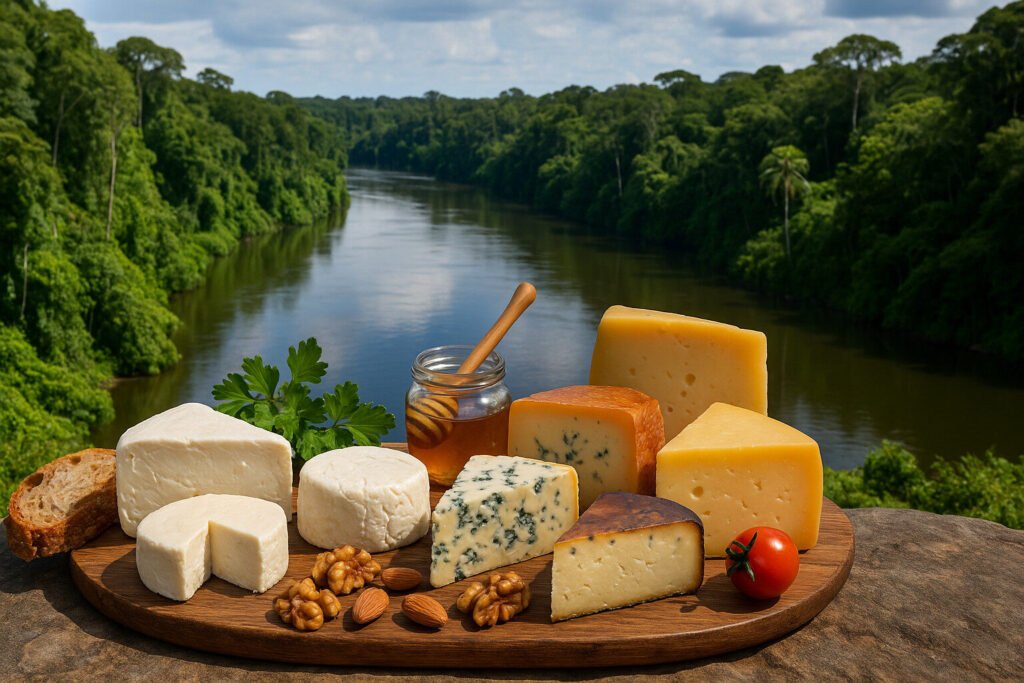Cheese Of Venezuela
Venezuelan Cheese Definition and Scope
Venezuelan cheese encompasses dairy products developed within Venezuela’s national borders using local traditions and ingredients. These cheeses primarily utilize cow’s milk, reflecting the country’s dominant livestock. The category includes fresh, semi-hard, and stretched-curd varieties adapted to Venezuela’s tropical climate.
Production methods often incorporate techniques inherited from European colonizers, particularly Spanish and Italian influences. These methods were adapted using local resources, leading to unique regional specialties. The scope covers cheeses consumed domestically, with limited international distribution outside of diaspora communities.
Venezuelan Cheese Production
Traditional Venezuelan cheese production typically involves acidification of pasteurized cow’s milk using natural whey or commercial cultures. The curd is cut, drained, and often pressed to achieve varying moisture levels. Many producers maintain artisanal methods, though industrial-scale production exists for mass-market varieties.
Salting occurs through brining or direct addition to the curd before molding. Aging periods range from none for fresh cheeses to several weeks for firmer varieties. The tropical environment influences affinage, requiring modified aging conditions to control humidity and temperature.
Sensory Profile
Venezuelan cheeses generally present mild to moderate saltiness with pronounced milky flavors. Texture varies from soft and moist in fresh cheeses to semi-firm and slightly elastic in aged versions. The flavor profile tends toward clean, lactic notes rather than complex fungal or bacterial developments.
Color ranges from bright white in fresh cheeses to pale yellow in those with longer maturation. Aroma characteristics include fresh dairy scents with occasional buttery notes. The absence of strong pungency makes these cheeses approachable for diverse palates.
Culinary Applications
Venezuelan cheeses serve essential roles in national dishes like arepas, where they provide melting quality and salty contrast. They’re commonly grated over pasta, crumbled in salads, or sliced for sandwiches. Their excellent melting properties make them ideal for baked dishes and sauces.
Fresh varieties often accompany fruits or serve as dessert components with dulce de leche. Street food vendors incorporate them into empanadas and tequeños. The versatility across temperature applications—from refrigerated to grilled—demonstrates their functional range in Venezuelan cuisine.
Regional Examples
Queso de Mano represents a traditional hand-stretched cheese from the Andean region, characterized by its firm texture and slight acidity. Queso Guayanés, from the Guayana region, features a distinctive salty brine and semi-soft consistency. These regional specialties reflect local terroir and cultural preferences.
Queso Llanero, originally from the plains, offers a drier, saltier profile suitable for grating over traditional dishes. Coastal areas produce fresh white cheeses like Queso Telita, which has a thin, fabric-like texture. Each region maintains unique production methods that distinguish its cheese within the national landscape.



